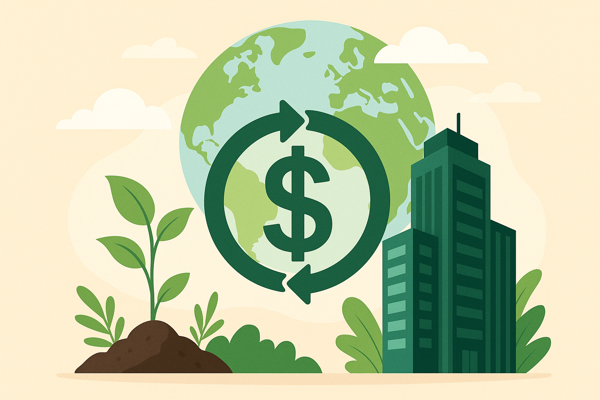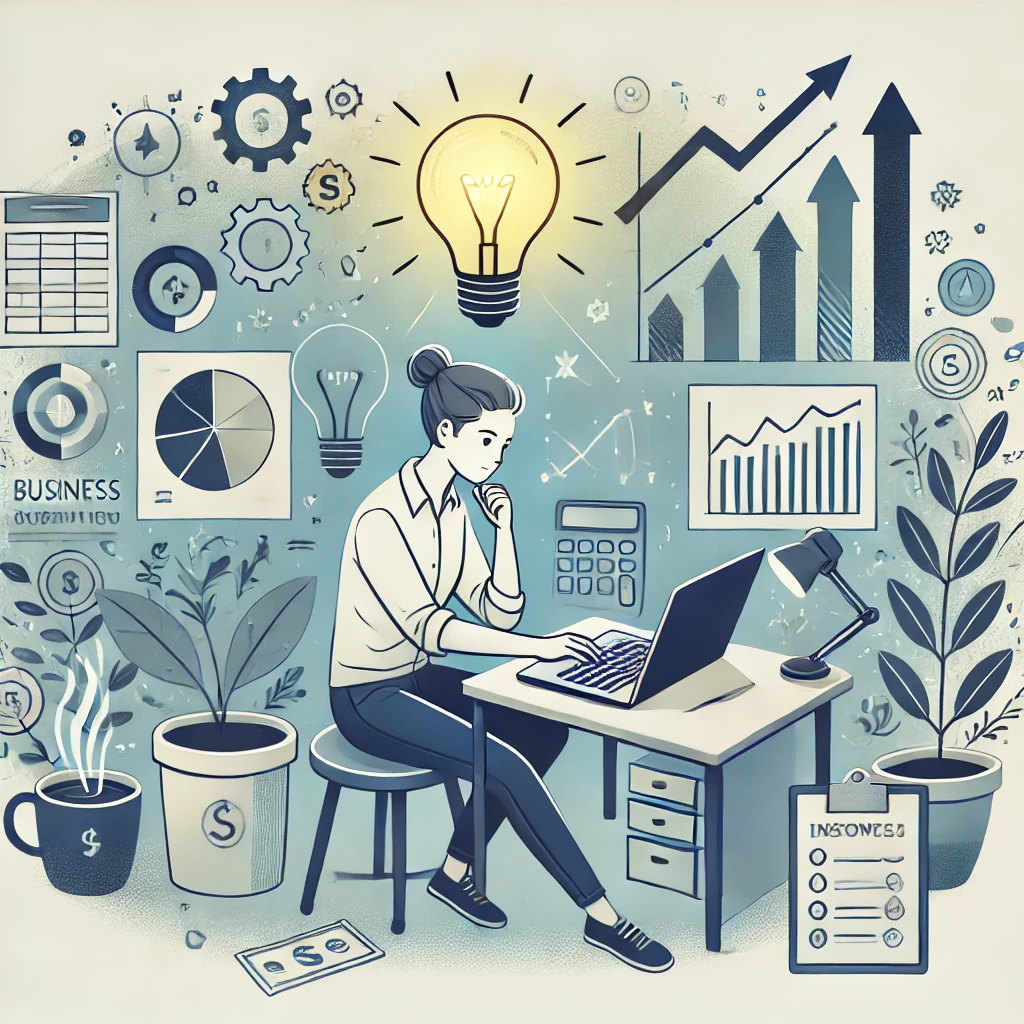For many years, businesses believed that protecting the environment and earning a profit were separate goals — or even at odds. Today, that idea is changing fast. Across industries, companies are discovering that sustainability isn’t just good for the planet — it’s good for business. Green business models are not only reducing waste and emissions, they’re also attracting loyal customers, investors, and partners who care about the future.
In the modern economy, sustainability has become a smart strategy. Let’s explore how going green is helping companies grow, compete, and lead.
What Is a Green Business Model?
A green business model is built around practices that reduce environmental impact while still generating profit. This may include:
- Using renewable energy
- Designing waste-free production processes
- Offering eco-friendly products
- Reducing water or energy consumption
- Supporting circular economy practices (like recycling and reuse)
These models focus on long-term value — for the business, the customer, and the environment — rather than short-term gain.
Why Sustainability Is Becoming a Competitive Advantage
There are several powerful reasons why sustainable business models are gaining momentum:
1. Customer Demand
Today’s consumers — especially younger generations — are more environmentally conscious than ever. Many people prefer to buy from brands that align with their values. Products with eco-friendly packaging, ethical sourcing, or carbon-neutral promises are more likely to win customer trust and loyalty.
2. Regulations and Compliance
Governments around the world are increasing environmental regulations. Companies that adopt green practices early are better prepared to meet new standards — and avoid fines or penalties.
3. Investor Interest
Sustainability is no longer a side topic for investors. Many now consider environmental, social, and governance (ESG) criteria when choosing where to invest. Green businesses often enjoy greater access to funding and partnerships.
4. Operational Efficiency
Sustainable practices often lead to lower costs. For example, reducing energy use cuts utility bills, and minimizing waste lowers disposal fees. Green innovations can make operations leaner and smarter.
Examples of Green Business Models in Action
Across sectors, companies of all sizes are embracing sustainability — and seeing results:
- Clothing brands are using recycled fabrics, reducing water in production, and offering second-hand or repair services.
- Tech companies are powering data centers with solar and wind energy and designing energy-efficient hardware.
- Food businesses are reducing food waste, packaging in compostable materials, and sourcing ingredients from local farms.
- Transportation firms are shifting to electric vehicles and investing in sustainable logistics.
These efforts not only reduce environmental impact but also strengthen the brand’s image and customer connection.
Circular Economy: A Model for the Future
A key principle in many green business models is the circular economy — a system where products and materials are reused, repaired, or recycled instead of discarded. This contrasts with the traditional “take-make-waste” model.
For example, a company might design products that are easy to disassemble, so parts can be reused. Others may take back old products, refurbish them, and resell them. This approach conserves resources and keeps valuable materials in use.
Digital Tools Supporting Green Growth
Technology plays a huge role in helping businesses go green:
- Data analytics help companies track and reduce carbon footprints.
- Supply chain software identifies more sustainable suppliers or transport methods.
- AI and automation improve efficiency, reduce energy use, and predict waste.
- Blockchain ensures transparency in sourcing and production, building customer trust.
Digital innovation and sustainability now go hand in hand — helping businesses scale while staying environmentally responsible.
Challenges to Going Green
While green business models are promising, they do face challenges:
- Higher upfront costs for sustainable materials or technology
- Complex supply chains that are hard to fully green
- Greenwashing — misleading claims about sustainability — can damage trust
The key is honest communication, gradual change, and focusing on long-term value over short-term savings.
The Future Is Green — and Profitable
More and more businesses are realizing that sustainability is not just a trend — it’s a necessity. Climate change, resource shortages, and public pressure are pushing industries to act. But those who do so thoughtfully are finding more than survival — they’re finding success.
Being sustainable means staying relevant. It means building deeper customer relationships, unlocking new markets, and inspiring employees. And in many cases, it leads to stronger profits and more resilient companies.
Conclusion: Growth That Gives Back
Sustainable profit isn’t a contradiction — it’s a new standard. Companies that put the planet and people at the center of their strategy are proving that business can be a force for good. Green business models are not only helping the environment — they’re building stronger, smarter, and more future-ready companies.
In the evolving marketplace, going green isn’t just a choice — it’s the way forward.




